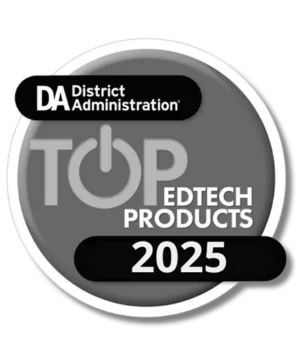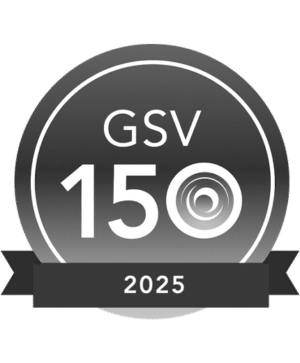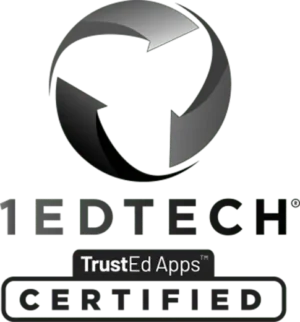
March brought us blooming flowers, spring weather, and a wonderful collection of articles from our weekly coaching roundups. Take a moment to review March’s top articles to learn a fun way to provide easy-to-read PD, how you can use surveys to gain a more in-depth understanding of your learning community’s needs, six rules for gathering meaningful data in coaching cycles, and more!
Empower Your Teachers with “What I Need” Surveys
Struggling to know where to focus your next coaching cycle? Lisa Hockenberry and Rachel LeForce highlight why going straight to the source through surveys allows them to gain a more in-depth understanding of their learning community’s needs:
“Many of the questions ask teachers to rate their confidence in instructional practices in their classrooms. . . . To provide teachers more voice and choice in how they approach professional learning, we added questions about how they would like to receive training e.g. planning, after school PD, bite-size PDs, etc. We also asked if they were comfortable sharing their strengths on particular topics with their colleagues. We know how dedicated and talented our teachers are and felt these questions helped us communicate trust and empowerment.”
PD Boxes: Personalized Learning To Go
Angela Mckee shares how to use PD boxes to provide personalized professional development alongside coaching cycle support, and the steps for getting started with your own:
“When my school allowed teachers to choose which PD sessions to attend, we saw greater engagement than when the sessions were mandatory. . . . A teacher begins the professional development process by choosing a topic that’s of interest to them. Alternatively, a member of our administration might have recommended a topic for them. I send them a physical PD box to get started, and in our initial coaching session, the teacher develops a goal for the learning cycle.”
Create a Digital Coaching Card
If someone asked you to explain your coaching role quickly, could you do it? Stephanie Affinito highlights how you can do just that while also sharing your professional accomplishments:
“A digital coaching card represents who and what you are as an educator. It honors the journey that you have taken, the journey you are currently on, and even your hopes for the future. It represents your story as an educator and shares that story with others to spark connection, collaboration and inspiration. That’s why I think having a digital coaching card is so important.”
Create Your Own #Copier PD
Did you know that there are other ways to provide professional learning outside of scheduled sessions? Amy Storer showcases a fun way to provide easy-to-read PD to teachers on the go:
“Now, I create a handout each month that includes an instructional focus, tech tip, and meme of the month in what I like to call #CopierPD. To ensure the learning doesn’t stop at the copier itself, I’ve found it valuable to create a QR code for the monthly tech tip. This allows the teacher to scan it if they’re interested in learning more.”
SchoolStatus Boost: The All-in-One Coaching Tool!
Boost supports coaching by helping ICs manage their coaching cycles, goals, meetings, and evidence. Coaches can upload resources and videos to keep everything in one place.
Request a DemoOne Minute PD
Rachel Mane highlights two ways she provides quick, targeted PD for her teachers—in under 60 seconds!
“My goal for these resources is to be timely and intentional. In the emails, I share a resource or strategy with an image and a brief description which can be read in under a minute. I try to make what I’m sharing applicable immediately to the current unit of study, or else I share a strategy they can use at any time. I strive to be intentional in the reason I am sharing the strategy or resource, which can help reduce the feeling of information overload.”
Getting the Most Out of Your Data
Jim Knight passes along his six rules for gathering meaningful data in coaching cycles:
“Teachers are best motivated, and consequently learn the most, when they choose data gathered during coaching. This doesn’t mean that a coach can’t suggest types of data to be collected. . . . During coaching, it is most important that the coach and teacher agree on what data to gather, how to gather the data, and why the data are gathered. There should be no surprises when it comes to data gathering.”
PD Laboratories
Jennifer Conley offers a fresh approach to PD, inviting us to turn the classroom into a lab where teachers can observe, experiment, and practice new strategies in a low-stakes environment:
“The key is to make the lab site low-stakes. It should be a place where everyone feels comfortable practicing, making mistakes, and learning. It becomes a place not only to watch the coach and ask questions, but a place where teachers themselves can practice and get feedback in the moment. . . . Not only do teachers get to spend time in the learning zone, but so do you—making you a better teacher and coach!”
A Strategic Implementation Guide for PLCs
Brian Greenley explains why a shared vision and clear anchor statements are essential for successful PLCs:
“In my experience, most leaders are hesitant to be prescriptive about what happens in collaborative teams because they don’t want to take away the autonomy of their teachers. However, by not defining the expectations of the collaborative teams’ work, they are actually inhibiting their teachers’ ability to move from personal conflict to productive conflict. This prevents teachers from improving the art of teaching where autonomy really takes place.”
Stay Connected
News, articles, and tips for meeting your district’s goals—delivered to your inbox.






















